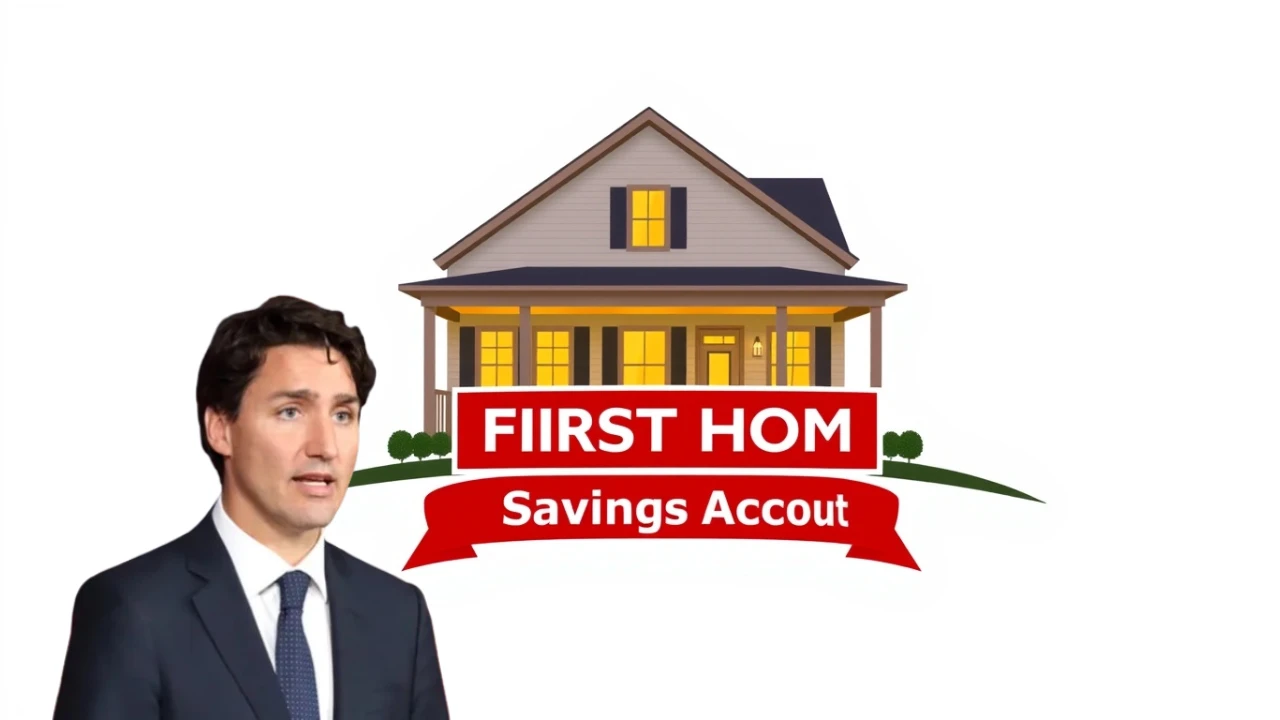The dream of owning a home is something many Canadians aspire to, but with soaring property prices, it can seem like an unattainable goal. Fortunately, the First Home Savings Account (FHSA) offers a solution, combining the benefits of both RRSPs and TFSAs to help Canadians save more efficiently for their first home. This powerful savings tool can make homeownership more achievable by offering tax-free growth and withdrawals when used for the purchase of a first home. Here’s everything you need to know about how the FHSA works and how you can use it to reach your homeownership goals.
What Is the First Home Savings Account (FHSA)?
Launched in 2023, the FHSA is a special savings plan designed for Canadians planning to buy their first home. The primary objective of the FHSA is to provide a tax-advantaged way to save for a down payment of up to $40,000.
Key Features of the FHSA:
- Annual Contribution Limit: You can contribute up to $8,000 per year.
- Lifetime Contribution Limit: The total lifetime contribution limit is $40,000.
- Tax Benefits: Like an RRSP, contributions to the FHSA are tax-deductible. Any investment growth within the account is tax-free, similar to a TFSA.
- Tax-Free Withdrawals: When you use the funds for buying your first home, withdrawals are tax-free.
Essential Highlights of the FHSA
| Feature | Details |
|---|---|
| Annual Contribution Limit | $8,000 per year |
| Lifetime Contribution Limit | $40,000 |
| Tax Benefits | Contributions are tax-deductible, and withdrawals for home purchases are tax-free |
| Eligibility | Must be a Canadian resident, 18+ years old, and a first-time homebuyer |
| Account Duration | Available for 15 years or until age 71, whichever comes first |
| Where to Open | Offered by financial institutions such as RBC, TD, Scotiabank, and Wealthsimple |
Who Can Open an FHSA?
To open an FHSA, you must meet the following criteria:
- Age and Residency: You need to be at least 18 years old and a Canadian resident.
- First-Time Homebuyer Status: You cannot have owned a home that you lived in during the current year or in the past four years before opening the account.
How the FHSA Works: A Step-By-Step Guide
- Open Your Account: Once you meet the eligibility requirements, you can open an FHSA with any of the major financial institutions. Choose an institution that suits your investment preferences, such as cash savings, stocks, or mutual funds.
- Start Contributing: You can contribute up to $8,000 each year. If you don’t use up your contribution room in one year, it rolls over into the next year. However, you cannot exceed the $40,000 lifetime contribution limit.
- Enjoy Tax Benefits: Contributions are tax-deductible, meaning they can reduce your taxable income for the year. For instance, contributing the full $8,000 would lower your taxable income by that amount.
- Invest and Grow Your Savings: The FHSA allows you to invest in a wide range of financial products like stocks, bonds, ETFs, and mutual funds. Any earnings from these investments will grow tax-free within the account.
- Withdraw Tax-Free for Your Home: When you’re ready to buy your first home, you can withdraw the funds from your FHSA without paying taxes, provided the funds are used for a qualified home purchase.
- Transfer Funds to RRSP: If you decide not to purchase a home, you can transfer your FHSA funds to an RRSP or RRIF. This transfer won’t affect your RRSP contribution room, and the funds will continue growing tax-deferred until retirement.
FHSA vs. Other Savings Programs
The FHSA has several advantages over other savings plans like the RRSP Home Buyers’ Plan (HBP). For example, while the HBP allows you to borrow up to $35,000 from your RRSP for a home purchase, you must repay that amount over 15 years. In contrast, the FHSA doesn’t require repayment, and you can withdraw the full balance, including investment gains, tax-free.
Additionally, you can combine both the FHSA and HBP. For example, you could use the $35,000 from your RRSP via the HBP and add $40,000 from your FHSA to have a larger down payment.
Frequently Asked Questions (FAQs)
Q1: What if I don’t buy a home?
If you don’t use your FHSA funds to buy a home, you can transfer the funds to your RRSP or RRIF. The transfer won’t trigger any tax consequences, but when you eventually withdraw the funds from the RRSP or RRIF, they will be taxed as income.



